Honey trees: their classification and benefits

The taste and type of honey is influenced not only by the location of the apiary, but primarily by the plants from which the nectar is collected. Due to the diversity of the plant world, there are strong honey plants that produce nectar in large quantities. They are the main food supply for insects and especially for bees.
Content.
- About the benefits of nectar
- Conditions affecting nectar secretion
- Classification of honey plants
- The best honey plants are trees
About the benefits of nectar
Most plants have special glands in the flower area that secrete a sugary liquid - nectar. Some trees have nectaries outside the flower, for example: cherries, apricot. They are located on the petiole of the leaf. But flower nectaries are of particular interest.
The aroma and sweetness of this secretion attracts insects. They transfer pollen from one flower to another, thus pollinating them and promoting the birth of fruits and seeds. And insects such as ants, falling on a tree, destroy small pests and thereby protect the tree.
Honey trees also play an important role in the development of beekeeping. Such a unique product as honey has been known since ancient times.
The composition of nectar is not constant. Its main components are sucrose, glucose and fructose. Different types of plants have different ratios of these substances. It has been noticed that bees collect nectar well when it contains about 50% sugar, but when the concentration is less than 5% they do not take it.
Honey plants are famous for their healing nectar.It is rich not only in all essential microelements, but also in vitamins and antibiotics. The healing properties of nectar and pollen collected by bees are transferred into honey.
Conditions affecting nectar secretion
The release of nectar is influenced by environmental factors such as temperature, humidity, the presence of sunlight, and the chemical composition of the soil. Unfavorable factors significantly reduce secretion during flowering.
For honey to flow, the weather must be warm. Typically, nectar secretion begins at 10 degrees Celsius. Some trees, for example willow thin column or cherry produce nectar already at a temperature of 6-8 degrees.
As the temperature rises, nectar secretion increases. For most trees, the optimal temperature during the flowering period, at which the greatest amount of nectar is released, is considered to be 16-25 degrees. Cold snaps at night have a bad effect during this period. When the nights are cold, there is almost no bribe.
Humidity also plays a big role in the honey production of trees during flowering. The optimal air humidity is from 60 to 80%. When humidity rises, nectar secretion increases, but at the same time, it becomes more liquid and loses its sugar content.
Sunlight is also considered an important factor in nectar production. In a shaded forest, a tree will produce less nectar than in an open area. But, for good selection, along with the illumination, there must also be the necessary humidity.
Long rains have a negative impact on the harvest from flowering trees. High humidity affects the nectar liquid. In addition, rains promote the growth of green mass and inhibit the development of flowers. And for trees with open flowers, rain washes away the nectar from them.
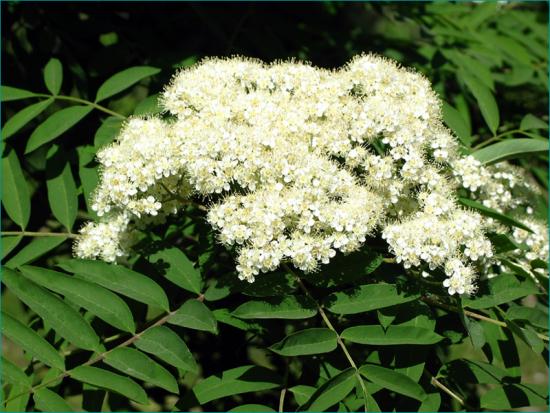
Strong winds also have a bad effect. It helps the flower shrink. And in dry winds, some plants, such as linden, stop the release of sweet syrup. Thus, warm, sunny and windless weather with short rains is considered favorable for good honey collection.
Classification of honey plants
Honey trees can be classified by the nature of their growth, by climatic zone and by their location.
The nature of a bribe
Trees are conventionally divided into 3 groups: 1. Trees that produce only pollen and no nectar:
- Hazel
- Aspen
- Birch
- Alder
- Poplar
- Oak
- Fir
- Spruce
- Cedar
- Pine
This group of trees is characterized by inconspicuous flowering. Bees visit them only to collect pollen. Trees that produce both pollen and nectar are called nectar-pollen-bearing trees. These include: willow, acacia, linden. These are the best honey plants. Nectar-bearing trees that produce only nectar. Such representatives are female varieties of willow
By place of growth
Honey-bearing trees are also divided according to their habitat:
- Lesny
- garden
- ubiquitous
- The following trees can be classified as honey plants in forest lands: willow, bird cherry, alder, viburnum, linden, maple, elm, oak, birch, aspen, coniferous species;
- Honey plants in gardens are fruit trees, among them: sweet cherry, cherry, apple, pear, quince, dogwood, subtropical fruit trees;
- The following trees are honey plants in the parks: Linden, white acacia, chestnut, poplar, hawthorn.
By climate zones
Each climatic zone has its own honey plants, which are the basis for the development of beekeeping.
- Taiga zone: Willow
- Northern zone: Willow
- Middle zone (Forest-steppe): Willow, maple, linden
- South-eastern European regions: Willow, acacia, chestnut, maple
- Asian steppes: Willow, yellow acacia
- Mountain regions of Asia and Altai: Willow, acacia
- Far East: Willow, maple, linden
The best honey plants
Willow trees
Trees of this family are widely known among beekeepers. Willows are among the first to produce nectar in the spring. They grow well along river banks, near ponds and in swamps. This is one of the early forest honey plants. It begins to bloom in April, before the leaves bloom. The flowering period lasts 20 - 25 days. This plant is rich in nectar and pollen.
Video about a wonderful representative of honey trees:
And in some areas it is the main source of food for bees in early spring. In good and warm weather, bees bring up to 6 kg of nectar. During the bribe period, one plant releases an average of 25 g of sugar, and the average honey harvest from one hectare is up to 150 kg.
Acacia
Acacia is considered an excellent honey plant. The white one blooms first, and then the yellow one. Its fluffy clusters are full of nectar. In good weather, within 10-12 days, bees completely fill their nests with this delicate and aromatic raw material for honey. White acacia is a powerful tree that grows up to 20 m.
Habitat: Ukraine and Southern Federal District. Often found in forest shelterbelts. Begins to bloom in mid-May. Snow-white flowers collected in drooping clusters attract from afar with their aroma. For bees it is a rich source of bee bread and nectar. Acacia honey is considered high quality.
With a good harvest, up to 300 kg of honey can be collected from one hectare of such forest. But the harvest depends on weather conditions, and beekeepers do not always succeed in good honey harvest. Yellow acacia is a shrub up to 5 meters high. It is bred when planting alleys, to form hedges and as forest shelter belts.
Acacia grows well in any soil and often forms entire thickets. It has taken root well in the North Caucasus, Central Asia and Altai. The tree blooms in the last ten days of May. The weather contributes to the abundant release of nectar. On average, the bribe is up to 50 kg of honey per hectare. Acacia honey is of high quality and due to its low diastase, it does not thicken.
Behind acacia Its variety of honey locust immediately blooms white. It is used for hedges and protective plantings. Due to the long spines, it is completely impassable. A wonderful honey plant.
Linden
This tree is considered the best honey plant. From 1 hectare of such planting you can collect a ton of honey. Beekeepers have a good saying about this: “Linden in color - and there is no grief.” Linden blooms from June and this period depends on the climate zone. The flowers are very fragrant and greenish-yellow in color. The honey collection period is no more than 2 weeks. The tree is sensitive to weather.
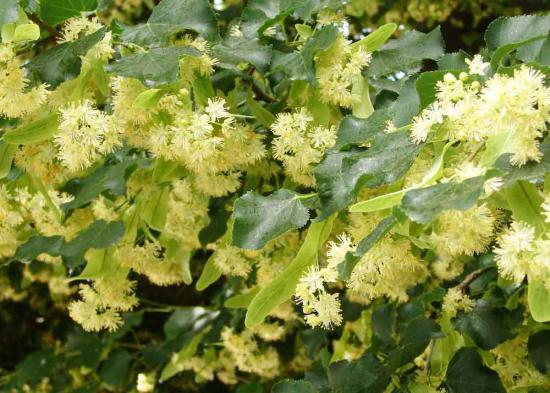
Nectar production decreases at low or high temperatures. Linden has open flowers and when it rains, the nectar is washed out of them. Wind and cold weather have a bad effect on the honey production of linden trees. A temperature of 18-24 degrees is considered favorable for nectar release, and there is no bright sun. In this weather, a lot of sweet liquid collects at night. And early in the morning it attracts bees.
Pear
There are wild and garden pears. Considered a good honey plant, wild pear forests can be found in the North Caucasus and the Central region. Pear flowers attract insects with their nectar on the open receptacle. The flower consists of a calyx and corolla up to 3.5 cm in diameter with white or slightly pink petals.
The flowers on the pear are arranged in inflorescences of 6-10 pieces. Blooms pear abundantly from mid-April.At the peak of flowering, bees bring a lot of sweet liquid. The honey yield of such plantings is up to 20 kg/ha. Over 1000 species of various honey plants grow on the territory of the country, but only a few species are considered the main honey plants, and each region has its own.

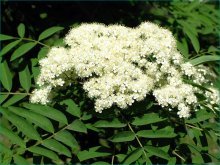
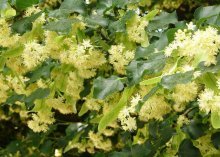
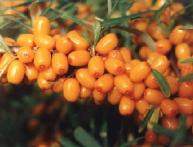
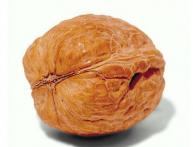

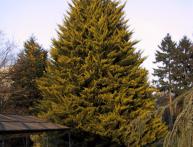

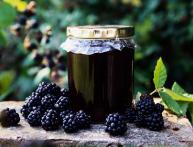
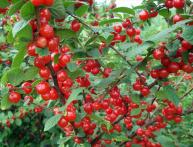
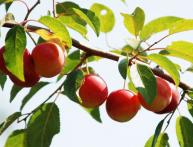
Comments
Our most common trees are acacia and linden. Then the fields begin to bloom, mostly with sunflowers. As for honey, I can say that acacia honey does not take a very long time to be candied, this is its big advantage.